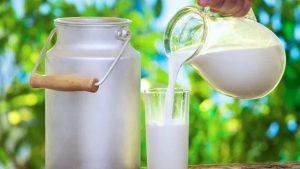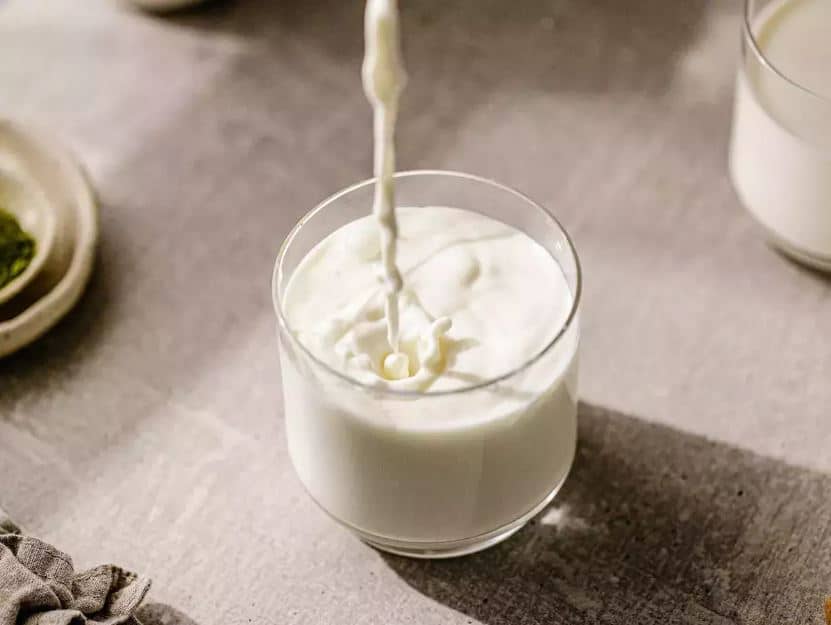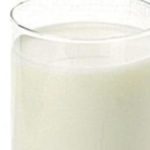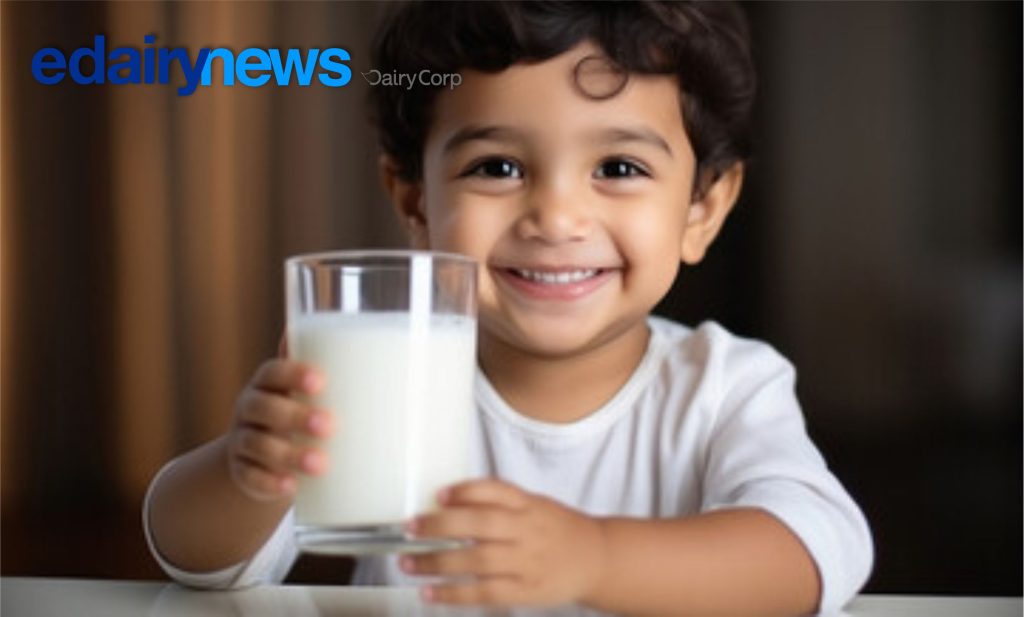
India’s journey from a milk-deficient nation to a resolute dairy powerhouse, surpassing boundaries with flying colors, is a testament to its extraordinary growth. The nation, once grappling with milk scarcity, has surged ahead to claim the title of the world’s largest milk producer, witnessing an astonishing surge in production over the past several decades.
As we commemorate World Milk Day, it becomes imperative to revere our heritage and comprehend the patterns and intricacies that will influence India’s future, as the world’s largest milk producer.
To remain at the forefront of the global dairy market, it is essential to understand and adapt to the key trends that are shaping the future of the milk industry in India. Driven by Dr. Verghese Kurien’s vision, the sector has witnessed remarkable progress in uplifting farmers’ lives by providing them with fair prices, access to resources, and technical assistance.
Also, the milk business has witnessed remarkable transformations over the years, reflecting changing consumer preferences, technological advancements, and market dynamics. From being a basic staple to becoming a highly diversified and value-added industry, milk has cemented its position as an essential component of the global food and beverage market.
The recently witnessed pandemic has prompted a shift in consumer perspective towards a healthier lifestyle, leading to increased demand for healthier dairy options. Milk – a wholesome food – is undeniably an age-transcendent food which is an important part of a healthy and balanced diet. Fortified milk products with added vitamins, or even probiotics are gaining traction, alongside the rising interest in need-specific milk variants or breed-specific milk variants.
Collaboration with nutritionists and healthcare professionals has enabled the development of specialized dairy products that cater to specific dietary needs and promote overall well-being. This integration of health and wellness in the dairy industry presents opportunities for businesses to differentiate themselves and meet the evolving preferences of consumers. By catering to the changing needs of consumers and responding to these trends, the dairy industry can prosper even further.
The advent of digital technologies and e-commerce platforms is reshaping the milk industry’s distribution and consumer engagement models. In the race of having an omnichannel presence, it has also benefitted the dairy industry at large, thereby assisting in providing nature’s magical potion at the convenience of one’s doorstep. Further integration of digital solutions has also facilitated supply chain management, inventory control, and real-time data analytics for efficient operations and improved customer satisfaction.
We can further expect a rise in technological intervention across the dairy industry, providing convenience and accessibility to a wider set of audience. Technological interventions are not just limited to the front end, even the farmers have access to technology to track their milk supplies, past data, remuneration details etc. In addition, a lot of awareness content and alert mechanism with regards to agriculture/dairying is now available through data led solutions.
With the integration of advanced technologies like artificial intelligence, robotics, and automation, the milk industry is undergoing a revolution. Automated milking systems, smart sensors, and data analytics are being implemented to optimize milking processes, monitor animal health, and enhance overall efficiency. These technological advancements streamline operations, resulting in improved milk quality, increased productivity, and reduced labor costs. In India’s dairy industry, new-age technologies such as IoT, advanced analytics, and AI are being harnessed to minimize milk wastage, digitize operations, optimize last-mile logistics, and ensure milk quality, driving further improvements in overall efficiency.
The milk industry in India has started witnessing a transformative shift towards sustainable and ethical practices, driven by a growing emphasis on environmental consciousness. Right from including the use of renewable energy at the farm level to having sustainable practices across processing and manufacturing facilities to assisting in collecting and co-processing/recycling post-consumer used plastic waste, many dairy brands and cooperatives are integrating sustainable practices across the entire value chain, thereby paving way for a sustainable future.
In the year 2018, National Dairy Development Board (NDDB) initiated the work on cattle manure management and came up with end-to-end ‘Manure Value Chain’ model for small and marginal farmers of the country. In this value chain, cattle manure is used to produce biogas which is used as fuel for cooking in households or boilers in industries and also converted into power/bio-CNG.
This comprehensive approach tackles crucial aspects such as waste management, energy security, nutrient recycling, and income generation, all while significantly reducing the environmental footprint of dairy farming operations.
The Government of India has been proactively supporting the growth and development of the Indian milk industry with the help of various dairy development initiatives like the National Dairy Plan, Rashtriya Gokul Mission, etc. The Department of Animal Husbandry and Dairying (DAHD) in India has spearheaded a range of programs and schemes to bolster the country’s milk industry. Notably, the National Programme for Bovine Breeding & Dairy Development (NPBBDD), which was initiated in 2014, integrated milk production and dairying activities in a scientific and holistic manner.
To further augment the growth and progress of the milk industry, numerous initiatives have been introduced to aid dairy cooperatives and farmers. Notable among these are the Dairy Processing & Infrastructure Development Fund (DIDF) and the Animal Husbandry Infrastructure Development Fund. These programs are designed to foster the expansion and advancement of the sector, ensuring the well-being of dairy farmers and fostering a sustainable and productive future for the entire industry.
The versatility of milk serves as the foundation for a wide variety of products with different forms, flavors, and applications. From traditional dairy items like lassi, chaach, curd, ghee to modern-day innovations like flavored milk, probiotic dairy-based beverages, the possibilities seem endless. This adaptability of milk as an ingredient has been a driving force behind the growth of both the milk industry and the food and beverage industry in India. I cannot recall any other food produce that can be considered as a wholesome food and consumed in so many forms & flavors at the same time.
The consumption patterns in the milk industry are influenced by various factors such as culture, region, socio-economic status, and demographics. Market dynamics within the industry have been shaped by population growth, urbanization, evolving lifestyles, and dietary habits. It is important to highlight that the sector has successfully met the increasing demand while upholding high quality standards.
By seizing the opportunities at hand, dairy farmers, co-operatives and industry stakeholders can contribute to the creation of a flourishing and sustainable milk industry, one that not only caters to the nation’s nutritional needs but also fosters socio-economic development. As discerning consumers, we too hold the power to shape the industry’s trajectory by making conscious choices and demanding responsible practices from dairy producers.
Today, milk is amongst the one such natural foodstuffs that is commonly consumed across the globe and it is a matter of pride that our country has indisputably demonstrated its prowess in milk – be it the vast dairy network which is till date unmatched in the world or of the fact that milk is the most valued crop of India.
Not only that, in 2022, India hosted the world’s largest dairy summit – IDF World Dairy Summit – attaining a center stage on one of the world’s biggest forums, thereby showing the might we possess. It was a unique experience for the global community to come and first-hand witness the transformational journey of the Indian Dairy Industry & the accomplishment of the sector.
The significance of milk is such that even the Food and Agriculture Organization (FAO) of the United Nations, in 2001, established a day to recognize the importance of milk as a global food. As the global community commemorates World Milk Day, it is essential to recognize the Indian milk industry’s embrace of upcoming trends and insights, positioning itself for a promising future.

















